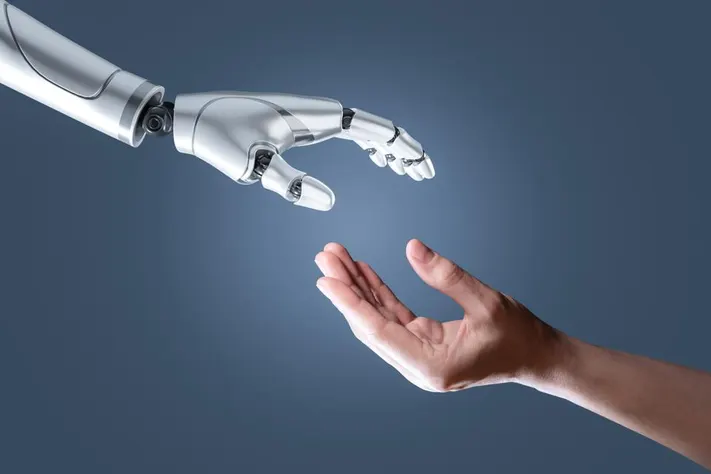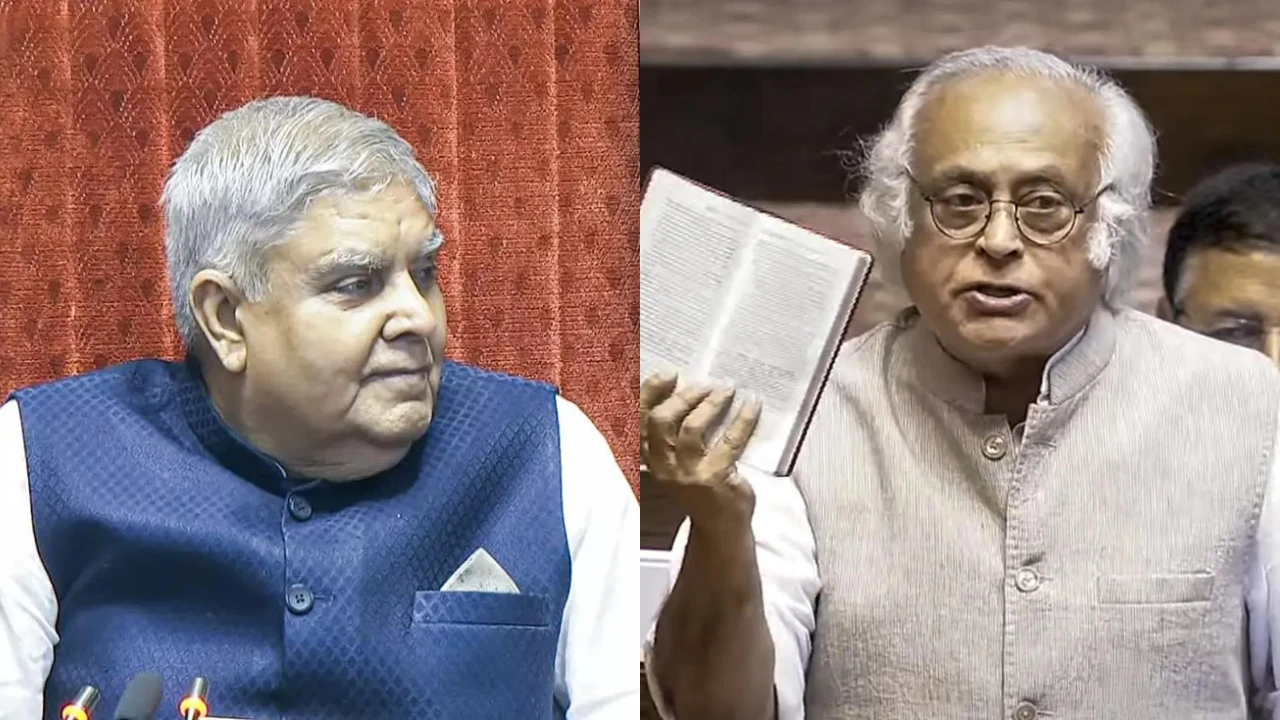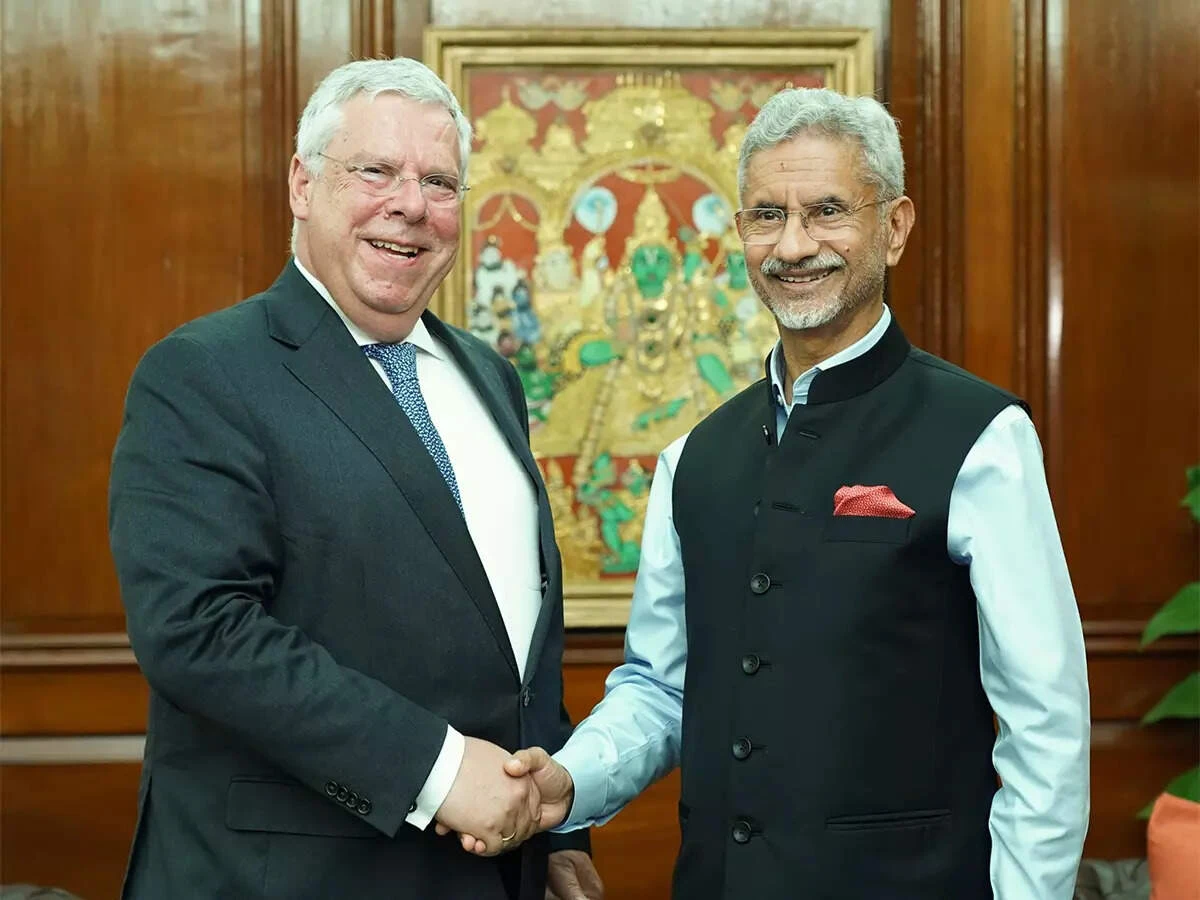AI for Inclusion: Building Skills, Jobs, and Dignity in India’s Urban Margins.

In the vast and uneven landscape of India’s development, some stories are never told because the people living them are invisible. They reside in the margins of urban slums without formal addresses, are undocumented in government databases, and are excluded from welfare schemes, employment markets, and digital growth narratives. At the same time, the country hosts the world’s largest youth population, yet suffers from one of the highest unemployment rates. Amid growing cities and rising aspirations, there is a widening disconnect between the formal systems of governance and the lived realities of millions. In this space of disconnection lies the potential for a new kind of innovation, one that uses Artificial Intelligence (AI) not just for efficiency or automation, but for equity and inclusion.
Artificial Intelligence is typically associated with high-tech industries, robotics, or elite data systems. But when viewed through the lens of social entrepreneurship, AI reveals a deeper potential, as a tool that can connect, train, and empower those furthest from opportunity. The question we must ask is: Can AI be used not only to optimise processes, but to correct inequalities? The answer is yes, and it begins by acknowledging that to solve problems of unemployment, exclusion, and skill mismatch, we need to first make the invisible visible.
A critical starting point is the lack of formal addresses among slum residents. An estimated 65 million Indians live in informal housing arrangements, without a proper location registered on any civic record. In Delhi alone, this includes nearly 1.8 million people, roughly 22% of the city’s population. Without an address, individuals cannot access basic services such as ration cards, pensions, health insurance, or even emergency response. Their lives exist outside the boundaries of governance. Using open-source tools like Google Plus Codes, it is possible to assign digital addresses to these homes, simple alphanumeric codes that geolocate a dwelling to a precise point. With a modest investment of time and almost no infrastructure cost, entire neighbourhoods can become visible to the system, allowing residents to participate in government schemes, receive mail, call ambulances, and register for jobs or schooling. This single shift, from unaddressed to digitally located, can redefine the way slum communities interact with the state and the economy.
But visibility alone does not create prosperity. The next pressing issue is youth unemployment. Across India, nearly 55 million young people between the ages of 15 and 29 remain jobless, with unemployment rates soaring to 17.5% in this group. In Delhi’s slums alone, the figure may be as high as 500,000 unemployed youth. Traditional skill training programs, while well-intentioned, often fail to engage this demographic meaningfully. Many are too theoretical, too long, or too disconnected from real-world job demands. What is needed is a way to bring skill development into the neighbourhoods themselves, adaptive, short-format, and personalised training that fits into the rhythm of urban poor lives.
AI-based skilling offers a breakthrough here. Imagine a platform that adapts to the learner’s pace, teaches via voice for low-literacy users, and delivers bite-sized lessons in digital literacy, communication, time management, and gig readiness. Such a program could run in government schools after hours, using existing infrastructure. At a cost of just ₹1,200–2,000 per participant, a three-month, two-hour-a-day course could prepare young people for immediate employment in delivery services, tele-calling, domestic tech repair, or even e-commerce micro-jobs. If just 10,000 youth in Delhi were trained annually through this model, and 60% secured employment, it would result in 6,000 jobs each year. These jobs, even at a conservative average income of ₹15,000 per month, could inject over ₹100 crores annually into the local economy, money that would circulate through families, small vendors, and savings accounts.
Moreover, the repayment model built into this system ensures sustainability. Like an income-sharing agreement, each trainee contributes a fixed repayment of 10% of their first salary, or ₹1,200 max, once employed. With this, the program can recycle funds to train the next cohort. Over time, even partially self-funded models become viable. Additionally, corporate CSR, Skill India initiatives, and development donors such as UNDP or the Gates Foundation can supplement the operational costs, especially during the initial scaling phase.
Beyond youth, inclusivity also means recognising the potential of women and informal workers. Urban women often remain excluded from paid employment due to mobility restrictions, household duties, or lack of exposure. By organising Self Help Groups (SHGs) and providing AI-assisted microenterprise training, tailoring, handicrafts, online product listing, and digital marketing, women can begin to contribute economically from within their homes. Even modest monthly incomes of ₹5,000–₹8,000 can be transformative when scaled across hundreds of groups. In parallel, using the digital addresses collected earlier, public health alerts, civic information, and disaster response systems can also be tailored for these communities, further deepening the ecosystem of inclusion.
The model proposed here is not theoretical. Its pilot version in Delhi, if implemented across 100,000 slum households and scaled to train 20,000 youth over two years, could generate over ₹200 crores in income, help at least 12,000 individuals find stable work, and digitally empower an entire section of society previously overlooked. More importantly, it could serve as a blueprint for other Indian cities. If just 100 urban areas adopted similar models, training 10,000 youth each per year, India would see 1 million youth trained annually and over 600,000 jobs generated, a genuine dent in the unemployment crisis.
AI for social entrepreneurship is not about grand tech interventions, but about building practical, human-centred systems. It is about using algorithms to listen better, tools to teach smarter, and data to serve deeper. In doing so, we can finally bridge the disconnect between policy and people, between visibility and value. We can move from exclusion to inclusion, not through charity or tokenism, but through design and dignity.
India doesn’t need to wait for the future to arrive. The tools are already here. The will is emerging. And the opportunity to build a development model that is both digital and just is within reach. Through AI, not as a buzzword but as a bridge, we can make the shift from promise to practice, from growth that excludes to progress that empowers all.
0 thoughts on “AI for Inclusion: Building Skills, Jobs, and Dignity in India’s Urban Margins.”
Leave a Reply
Your email address will not be published. Required fields are marked *
RECENT NEWS
- Shah Rukh Khan Vs Salman Khan: One King, the other Sultan, both superstars, know who is more rich between Salman and Shah Rukh
- 'Reason he can't stand up to Trump is ...': Rahul's fresh charge at PM; claims 'Modi's hands are tied'
- Parliament logjam over SIR: Congress says discussion on 'votebandi' non-negotiable; asks why ignore Dhankar's 2023 ruling?
- Why is India buying so much war equipment worth Rs 67,000 crore? Missiles, aircraft, drones, and more
- 'Will call PM Modi': Brazil's Lula snubs Trump amid tariff row; rejects offer to reach out


















